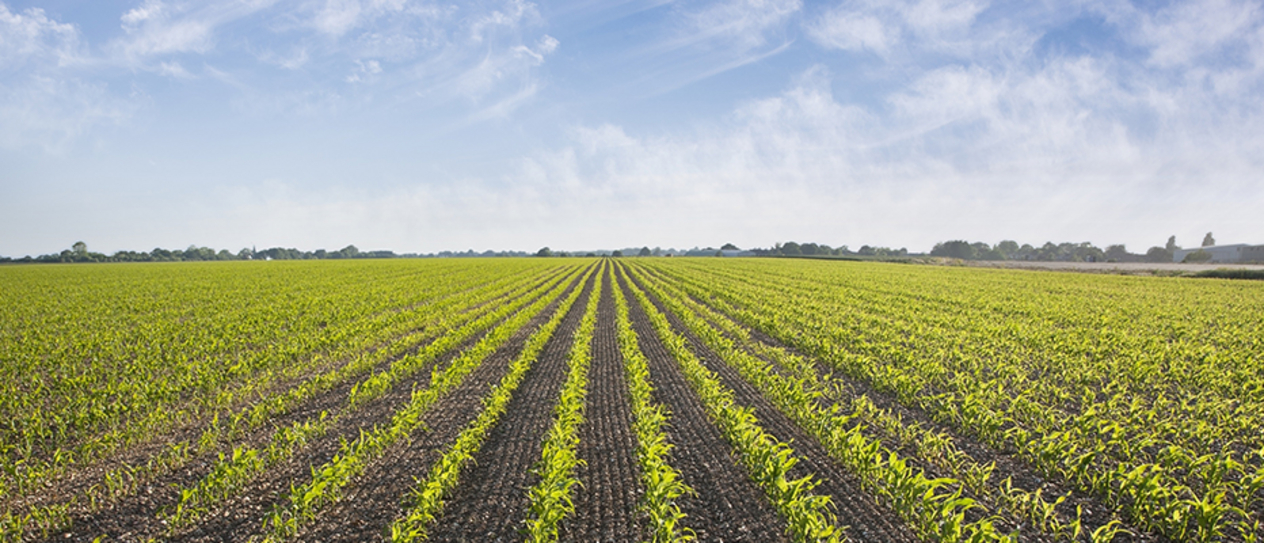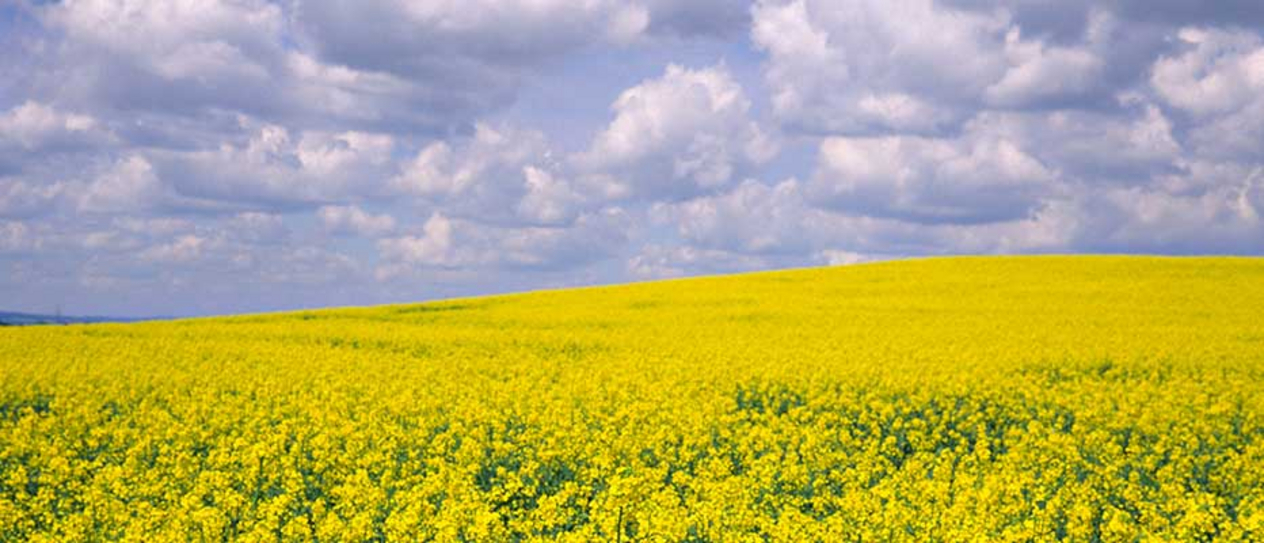Potash has been used for many centuries. Before the large scale production of potash from mineral salts was developed in Germany in the 19th century, potash was made by leaching the ashes of burned wood. Todays major reserves of potash are mined from ancient sea water deposits of evaporated inland oceans. Potash for fertilizer use contains between 60-62% K2O. Most potash deposits contain a mix of various minerals, but mostly sodium chloride (salt) and potassium chloride called sylvinite. The natural potash mineral is called sylvite.
Examples of applications
With a continued growth of global population, potash is essential to ensure the quality and yield of the crop. The largest consumers of potash are China, India, the USA and Brazil. About 90% of the potash is used in fertilizer application, where the plant needs the potassium as protection against diseases and to generate better yields. MOP is often used in combination with nitrogen and/or phosphorous in multi-component fertilizers. Other uses are the production of potassium hydroxide used for water treatment and in biodiesel production.
Packaging
Other packaging solutions possible by agreement.




